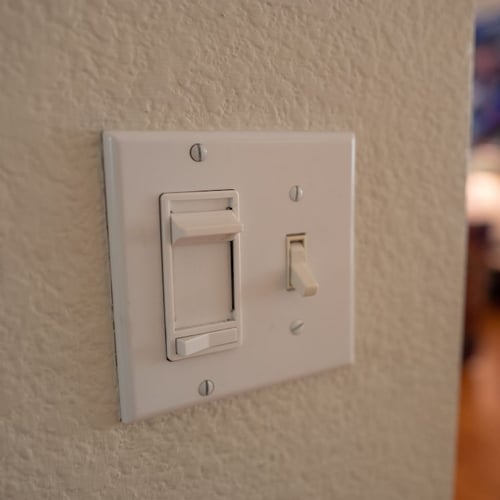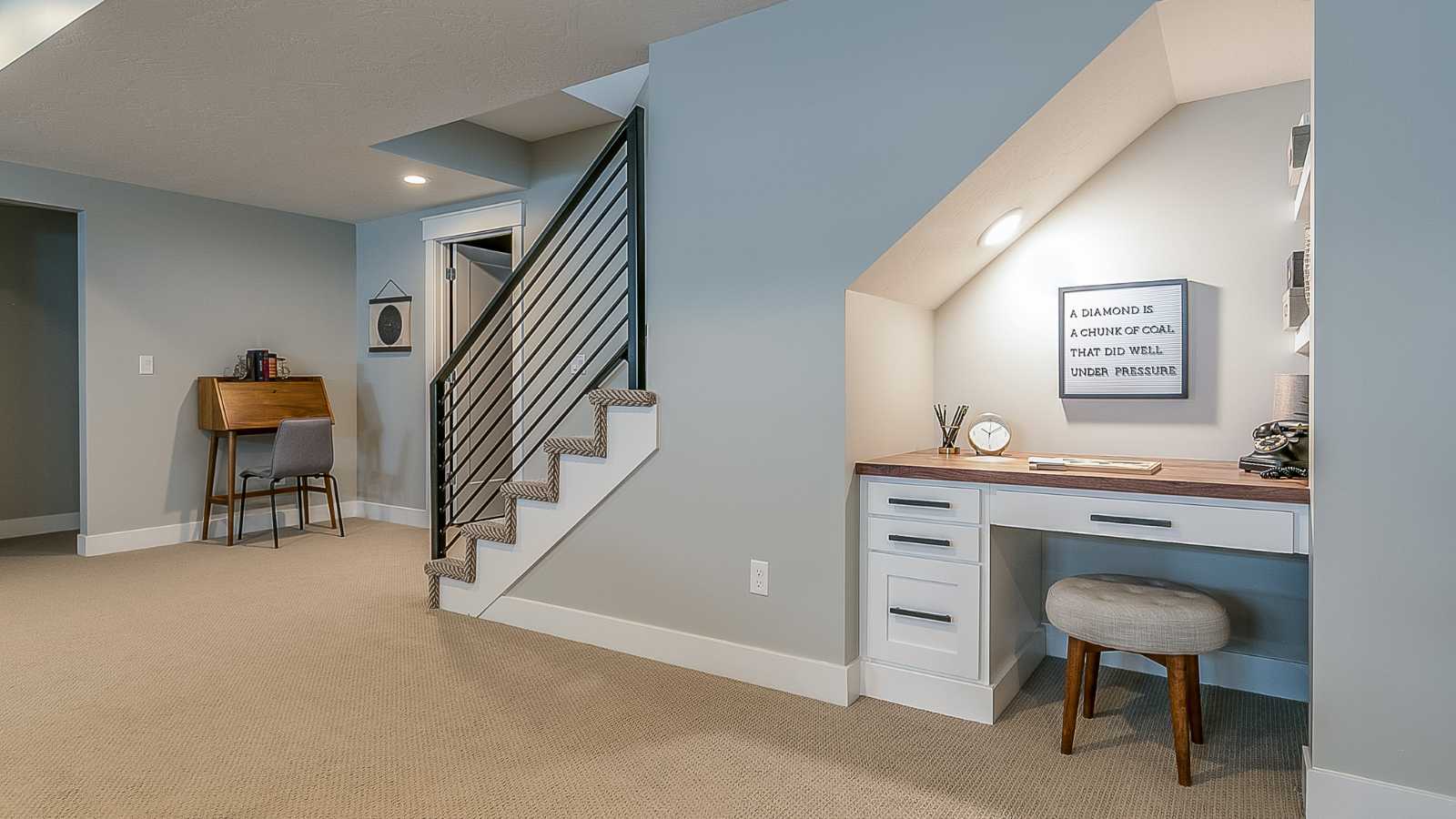What Is That Buzzing Noise Coming From My Dimmer Switch?
A loose connection most likely causes the buzzing noise from your dimmer switch. That can happen if the wires are not tight enough or if they have come loose over time. If you hear this noise, fixing the problem as soon as possible is vital to avoid any potential hazards.
First, fix any loose connectors, and ensure the wires are tight. If they are not, use a screwdriver to tighten them. If the problem persists, you may need to replace the cables altogether. It's also a fantastic idea to check the connections regularly to ensure they remain tight. You don't have to do it too frequently, but protecting your investment is worth the effort.
The noises are a tell-tale sign of an issue, so don't hesitate to begin troubleshooting. However, it's not worth allowing a potentially dangerous situation to happen when repair or replacement is a straightforward option.
Overloaded Circuit - A hum or buzz originating from the dimmer wall control could indicate an overloaded circuit. That suggests the dimming switch and the line linked to it cannot handle the electrical load flowing through it. Fixtures with multiple bulbs can be trickier to troubleshoot; however, they are not impossible.
The troubleshooting is complete if taking out a bulb or two fixes the issue. If not, check out the rest of these troubleshooting tips for advice.

Lighting Fixtures Linked To A Dimming Switch Are Humming Or Vibrating - Buzzing often comes from the lightbulb due to the kind of lightbulb you're using. You may need to swap the old lightbulbs for new ones with lower wattage or shorter filament. Additionally, many older dimming switches aren't compatible with LED light bulbs, so you'll need corresponding bulbs in order for them to work with a compatible dimming switch. Using CFL light bulbs may cause issues with your light dimmer. If you must continue to use CFLs, ensure they are compatible.
The Dimming Switch Stops The Lights From Lighting, Shutting Off, Or Quivering - Confirm the bulbs in your dimmable lighting fixtures are compatible with a light dimmer. As we already said, not all varieties of bulbs work seamlessly with all dimming switches. In addition, many dimming switches don't function properly with LED bulbs. If your dimming switch isn't working as intended, the controller and the light bulbs aren't fully compatible.
The Dimming Switch Burns When Touched - When the lights are on, you can expect the dimming switch to put off minimal heat. However, the controller is likely overloaded if the control is too hot to touch. There could be straightforward reasons why and some practical options for resolving this problem. For instance, you can replace the dimming switch if it is old. Also, check the supported wattage. Many dimmer switches can handle a wattage of 600 and up to 1500 watts.
You could consider replacing the light bulbs with more energy efficient CFLs or LEDs. These light bulbs consume less energy than incandescent bulbs. However, if you choose this path, remember that older dimmer switches might not work with these newer bulbs, even if they are dimmable. Finally, you might be able to rewire the lights. For example, if the dimming switch controls several fixtures, track lighting divides the lights across two dimmers.
Always pay close attention to ensure you use the appropriate model and type of light.
By switching off a few lights in a lighting fixture with many bulbs, you can quickly troubleshoot and minimize the chance of an overload. If you pull out the bulbs, but the buzzing doesn't stop, it's time for a change. To assist you in finding suitable replacements for this dimmer switch, call a qualified local electrician.

Troubleshoot Or Upgrade?
Using a simple process of elimination, you'll eventually find the trouble. It may be time to upgrade, primarily if your dimmer no longer works up to your expectations.
If you're not feeling handy, it might be time for a new dimmer and lighting system. These devices are advancing rapidly, and the latest models have numerous features. So, you don't have to settle for an outdated or nonworking setup. Instead, you may want to move to an energy-efficient lighting system with granular controls.
While it is possible that the buzzing noise is simply a result of loose wiring or another issue with your home, it is also possible that you have an electrical problem. To determine whether or not you have an electrical problem and to get it fixed, you should call in a professional electrician.





